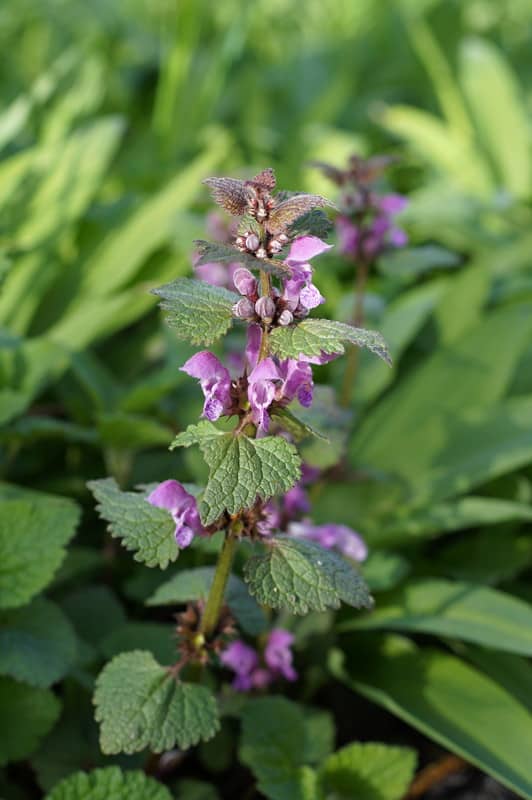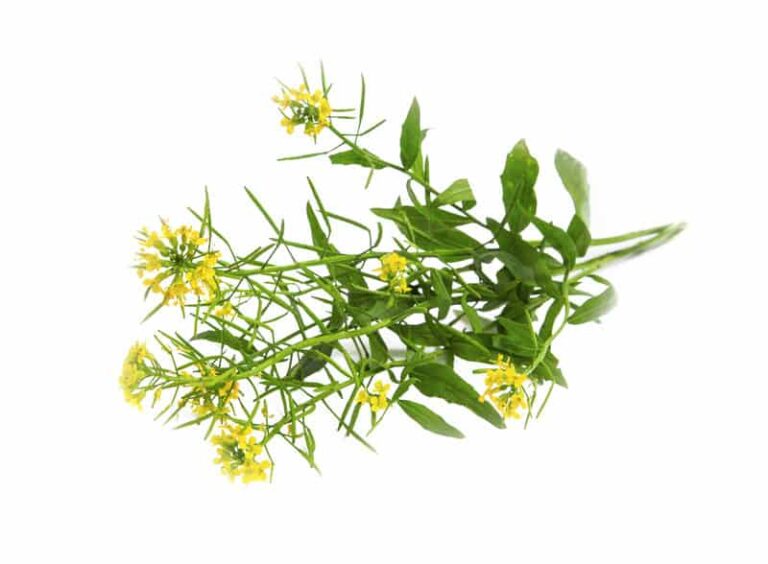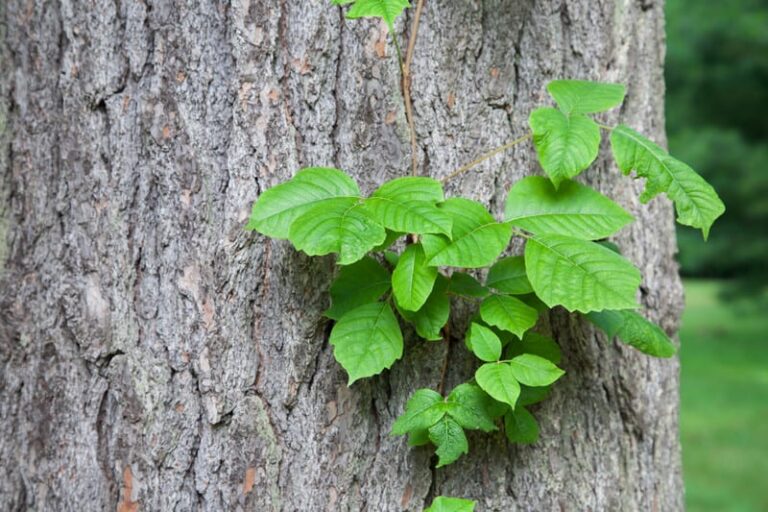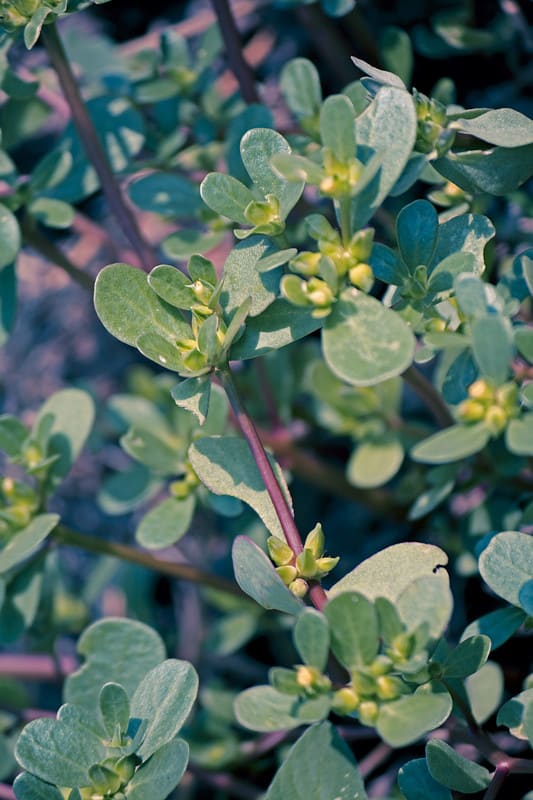Morning Glory Organic Weed Control
Morning glories are summer-growing perennial and annual plants commonly grown for their colorful funnel-shaped flowers. Morning glories become weedy when they are allowed to twine around other plants and objects and when allowed to re-seed and grow uncontrolled.
Botanical name: Ipomea purpurea
Organic Weed Control at Amazon
- Monterey Vegetable Pre-Emergent Weed Control
- Homietina Heavy Duty Weed Barrier Fabric 4×300-feet
- Preen Natural Vegetable Garden Weed Preventer
- Green Gobbler 20% Vinegar Weed and Grass Killer
- WeedGuard Plus Biodegradable Paper Weed Barrier
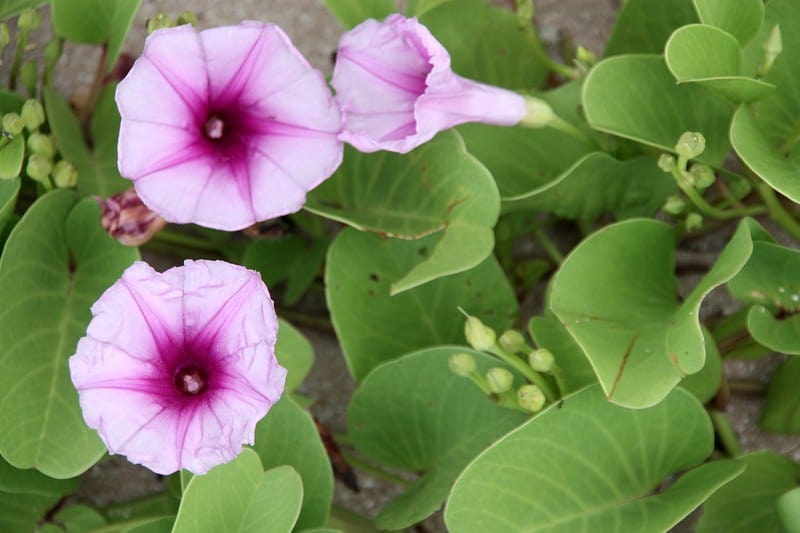
Morning glory description and life cycle
- Stems are 3 to 13 feet long; twine around other plants and objects.
- Stem may be slightly hairy.
- Heart-shaped leaves alternate on the stem; smooth margins and obvious veins from midrib; leaves are 3-4 inches long and up to 3 inches wide at the base.
- Flowers on long petioles are blue, purple, red, white, or variegated; flowers grow in groups of three to five flowers.
- Blooms mid-to-late summer.
- Readily reproduces by seed. Seeds are brown, three-sided, and very hard; germination is increased by burying the seed in the ground. Seeds are viable for 10 to 15 years.
Morning glory root system
Morning glory roots can grow to a depth of 20 feet. Plants have numerous lateral roots growing at a depth of 1 to 2 feet that can send up shoots that develop into new plants. It is not uncommon for new plants to grow around the edges of established plants. Even a small piece of dormant root transplanted into moist soil can grow a new plant.
Morning glory organic control
- Hand-pull seedlings as soon as they sprout.
- Hand pull or hoe shoots and all of the roots; cultivation can slow but likely not stop new plants from growing.
- Mulch to prevent seeds from germinating.
- Use landscape fabric, cardboard, or black plastic to deprive plants of sunlight. Complete death of the plant under mulch will take 3 to 5 years.
Morning glory range
Throughout the eastern half of the United States and the Pacific Coast region.
Four quick ways to control weeds
- Weed early. Control weeds in the first month after they germinate.
- Weed often. Hand weed every two weeks through the season.
- Weed by hand when the soil is wet (best to get roots).
- Use a hoe if the soil is dry. Decapitate weeds before they flower and drop seed.
Related articles:
Vegetable Garden Organic Weed Control
Vegetable Garden Organic Pest Control
Vegetable Garden Diseases Problem Solver
Garden Planning Books at Amazon:

